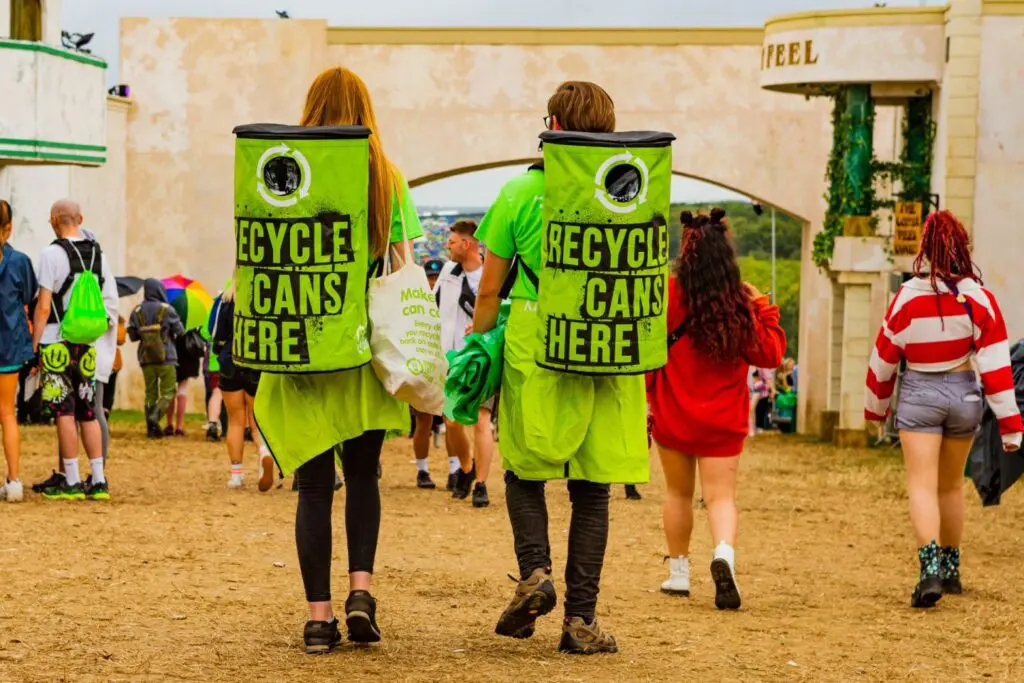
A micro-village fair is a small-scale community event that celebrates local culture, crafts, food, and sustainable living. Unlike large commercial fairs, a sustainable micro-village fair focuses on minimizing environmental impact while supporting local artisans, farmers, and eco-friendly practices. Planning such an event requires careful consideration of sustainability at every stage—from venue selection to waste management.
This guide will walk you through the key steps to organize a successful and eco-conscious micro-village fair.
1. Define Your Vision and Goals
Before diving into logistics, clarify the purpose of your fair. Ask yourself:
- What is the main theme? (E.g., organic farming, handmade crafts, renewable energy)
- Who is your target audience? (Local residents, tourists, families)
- What sustainability goals do you want to achieve? (Zero waste, carbon-neutral, supporting local businesses)
Having a clear vision will guide all other decisions.
2. Choose an Eco-Friendly Venue
The location should align with sustainability principles:
- Outdoor spaces: Parks, community gardens, or village squares reduce the need for artificial lighting and cooling.
- Accessibility: Ensure the venue is reachable by walking, cycling, or public transport to minimize carbon emissions.
- Low-impact infrastructure: Use existing structures (e.g., gazebos, tents made from recycled materials) instead of building new ones.
3. Partner with Local Vendors and Artisans
A sustainable fair should prioritize local talent:
- Invite farmers selling organic produce, artisans using upcycled materials, and eco-friendly product makers.
- Avoid mass-produced goods; instead, promote handmade, fair-trade, and ethically sourced items.
- Encourage vendors to use biodegradable packaging or offer package-free options.
4. Implement Zero-Waste Practices
Waste management is crucial for sustainability:
- Compostable or reusable tableware: Avoid single-use plastics; provide bamboo plates, wooden cutlery, or encourage attendees to bring their own containers.
- Recycling and composting stations: Set up clearly labeled bins for organic waste, recyclables, and landfill items.
- Donation bins: Leftover food can go to local shelters, and unsold goods can be donated to charity.
5. Promote Sustainable Energy Use
Reduce the fair’s carbon footprint by:
- Using solar-powered lights and sound systems.
- Limiting electricity use—opt for acoustic music instead of amplified performances where possible.
- Encouraging bike parking or carpooling to reduce vehicle emissions.
6. Offer Educational Workshops
A sustainable fair should inspire long-term change:
- Host workshops on composting, DIY upcycling, or renewable energy.
- Invite local environmental groups to share tips on sustainable living.
- Include kid-friendly activities like seed planting or eco-crafting to engage younger attendees.
7. Market the Event Responsibly
Avoid paper waste by using digital promotion:
- Social media, community boards, and local newsletters are great for spreading the word.
- If flyers are necessary, print them on recycled paper with soy-based ink.
- Partner with local influencers or eco-conscious bloggers to amplify your message.
8. Engage the Community
A successful fair thrives on participation:
- Recruit volunteers for setup, cleanup, and coordination.
- Involve schools, local clubs, and sustainability groups in planning.
- Collect feedback after the event to improve future editions.
9. Measure Your Impact
After the fair, assess its sustainability success:
- Calculate waste diverted from landfills (composted/recycled).
- Track vendor and attendee numbers to gauge community engagement.
- Share results with participants to reinforce the fair’s positive impact.
Conclusion
A sustainable micro-village fair is more than just an event—it’s a statement of community values. By prioritizing eco-friendly practices, supporting local economies, and educating attendees, you create a model for future gatherings. With careful planning and a commitment to sustainability, your fair can leave a lasting positive impact on both people and the planet.
Find more insights in these resources :
https://aismsocialride.it/
https://familynursehomecare.com/
https://usydfoodcoop.org/
https://alpacadreamsnc.com/
https://scottishrepublicansocialistmovement.org/
https://livecliq.net/
https://qe2hotels.com/
https://blithespirittheplay.com/
https://vieille-charite-marseille.org/
https://houseofkava.com/
https://rambuseducation.com/
https://sacbiznews.com/
https://cannabisprofitscourse.com/
https://atoustages.fr/
https://childrensismoving.com/
https://usakitchenandhome.com/
https://hellowatch.co.uk/
https://landformblog.co.uk/
https://lawscl.org/
https://macgregorsladiesfashion.com/
https://easternfashiononline.com/
https://seikopoker.com/
https://motornewsfirst.com/
https://collezionivaticano.it/
https://csusmhistory.org/
https://petmall.org/
https://kardashianfragrance.com/
https://jennymacklin.net.au/
https://somdmda.org/
https://fashionbetgiris.net/





